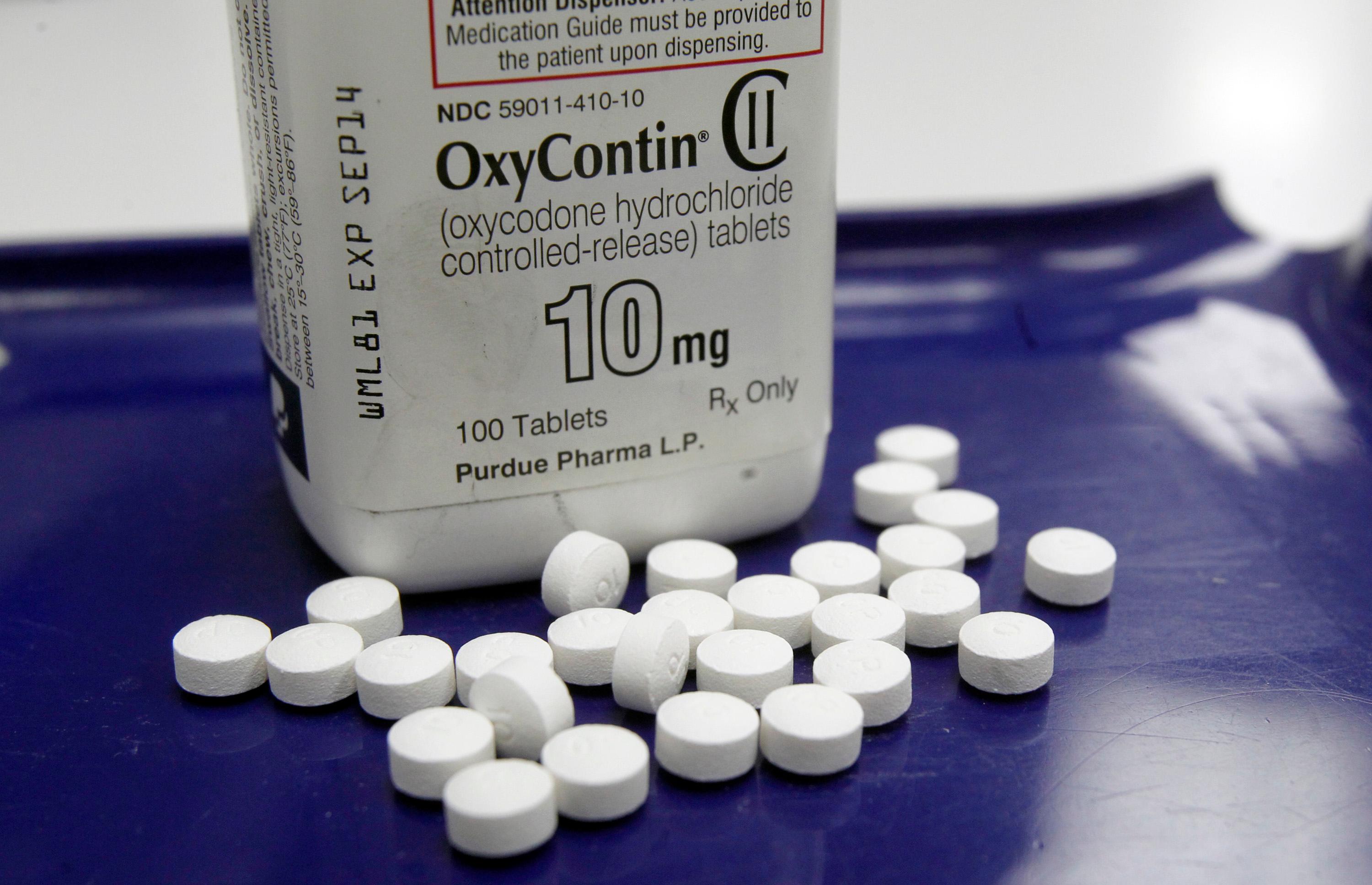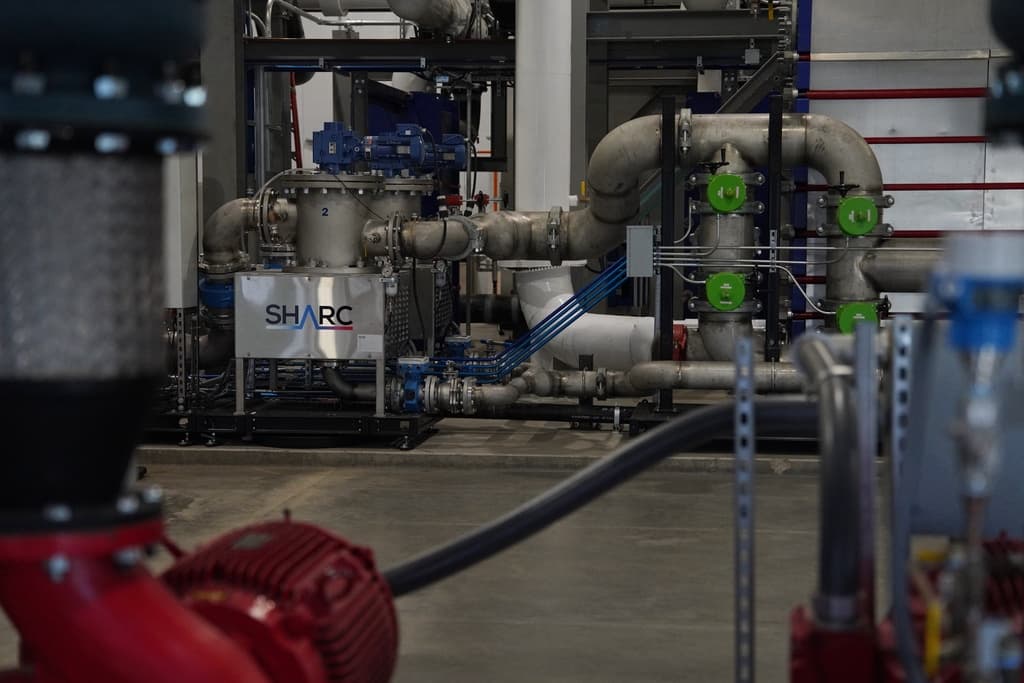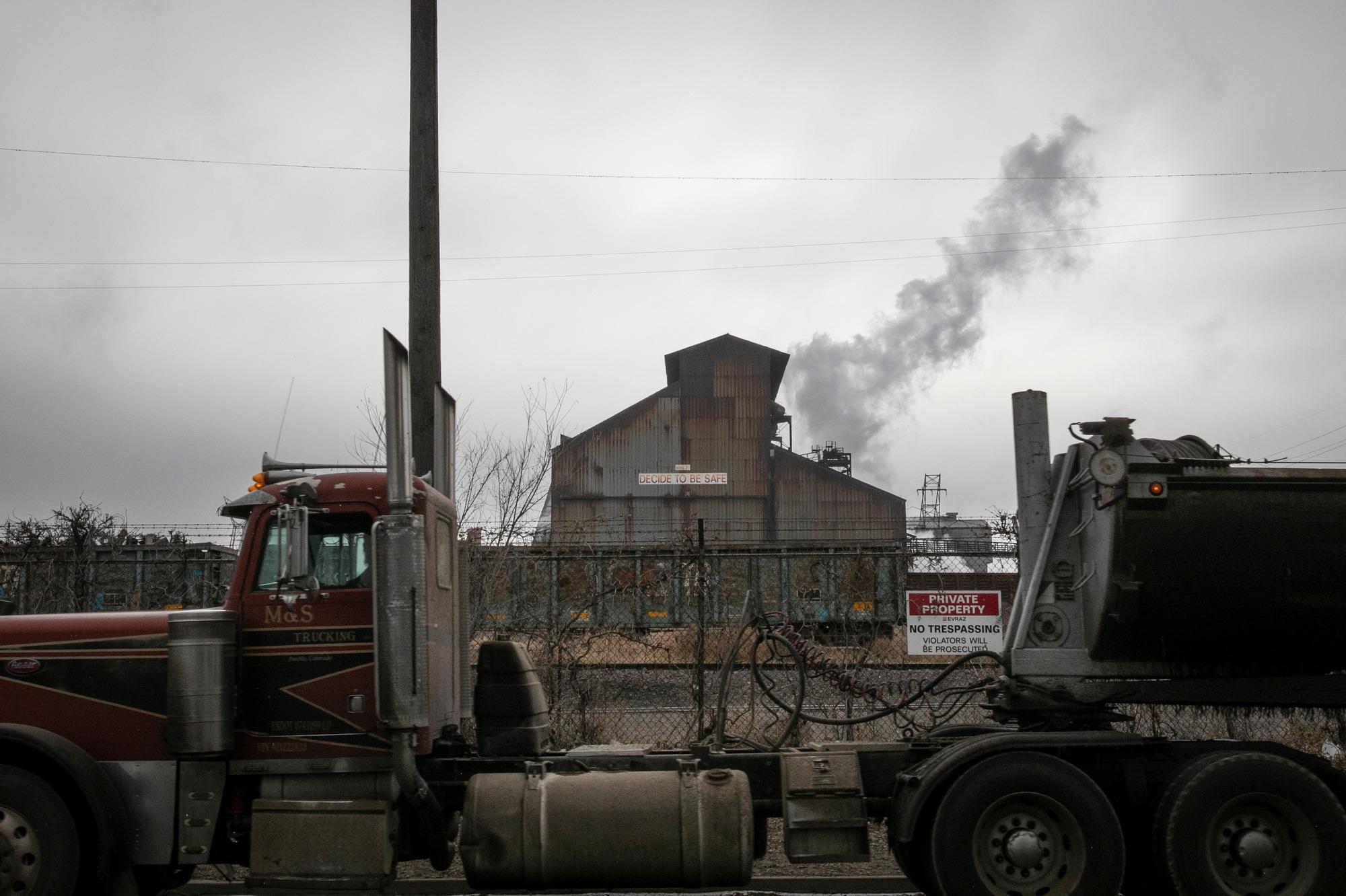

Huerfano County in the south-central part of the state recently became the state’s first to do that.
Now, Pueblo County is considering the move.
Pueblo County commissioner Terry Hart, a Democrat, said his county has been one of the hardest hit; that you “hear every day of folks who have died from this problem. It has an impact on us every single day.”
There are attorneys nationwide looking to represent cities and counties in these kind of suits. Hart said they’ve been talking with at least three law firms. And Pueblo County has also been exploring its options with the state Attorney General’s office. Colorado is one of 41 states investigating pharmaceutical companies.
There are so many lives being affected by the opioid epidemic, that it’s having a big economic impact on local governments. Hart said costs to county governments have skyrocketed, including local services: overtaxed police, fire and EMTs, swamped medical services, child protective services, and coroners.
“Our citizens are having to pay out more and more money all the time to deal with these criminal activities that are going on in our town, not the least of which is it is overcrowding our jail,” Hart said. “And we need some relief from that.”
That experience echoes that of Huerfano County. Prescription opioid-related overdoses have quadrupled there since 2000. Huerfano County commissioner Gerald Cisneros, who’s also a Democrat, said when attorneys approached the county he thought the case was compelling.
“It’s a state and nationwide problem and nobody is addressing it,” Cisneros said. “So I guess I figured we’d throw our hat in and see what would happen, see if it could make a difference.”
County administrator John Galusha said Huerfano was in the process of compiling exact figures of the cost of the epidemic, which he described as “very taxing on the taxpayer dollar” across the board.
The Huerfano County lawsuit currently puts “past economic damages” at $750,000 and “future damages” at $1.5 million. In the 73-page complaint, the county is suing nine pharmaceutical companies and three distributors. The suit claims drug makers used fraudulent and deceptive marketing, and distributors flooded the marketplace with opioids.
Attorney Stephen Ochs, one of the lawyers representing Huerfano County, who is also a doctor, accuses the companies of “predatory” conduct. The lawsuit claims they’ve created a “public nuisance.” It says they mislead doctors, starting in the 1990s in journal articles and other literature. The lawsuit also claims pharmaceutical companies had other doctors on company payrolls to vouch for the drugs’ safety.
“As an anesthesiologist, I’m well aware of the problem,” Ochs said. “I’m aware of the addictive properties of narcotics and I became increasingly aware that the pharmaceutical companies who are making these pain killers were misleading both the public as well as doctors such as me.”
The Colorado Springs lawyer has been traveling around Colorado and has talked to officials in about half the state’s counties. Ochs said there’s no fee up front to counties. The attorneys will get a percentage, potentially a sizable sum, if they win.
In written statements, the companies deny wrongdoing. Purdue Pharma, for instance, makes the blockbuster drug Oxycontin. It said it’s a small part of the market, and that the drugs were approved by the Federal Drug Administration. A spokesperson writes they “vigorously deny the allegations.”
A trade group for distributors said instead of lawsuits, it’s better to address “the root causes” of the crisis.
More than 100 cities, counties and states are suing pharmaceutical companies, according to Richard Ausness, a law professor at the University of Kentucky.
“What the manufacturers will say at any rate is ‘hey we sold (opioids) to legitimate distributors and they didn’t do their job. And then the pharmacies didn’t do their job and the doctors didn’t do their job and the patients abused the drugs,’” Ausness said.
In the legal sense, the firms could argue “that’s a pretty long chain of causation.”
Ausness said the strategy is similar to the playbook that states used to win a $246 billion settlement from tobacco companies in the 90s. But one wild card here is all the cities and counties popping up to sue, making the litigation more complicated.
All of these lawsuits will put pressure on the companies opening the door to a possible settlement, he said.
“That’s often the case that defendants will settle even though they don’t think they’re liable because they just can’t take the heat either financially or reputationally,” said Ausness.
One goal of the litigation is to have some money from this lawsuit to fix problems caused by the opioid crisis. Pueblo County commissioner Terry Hart said the companies that made billions selling these highly addicting drugs should pay. “And to tell you the truth, if they helped us get to this point, I think that they need to be at the table to help us figure out how we get out of this mess,” he said
Pueblo County will decide whether to join the suit in coming weeks, but, so far, Hart hasn’t “seen any reason why we would not do it.” And he expects other counties to sign up as well. Meantime, attorney Stephen Ochs says settlement talks regarding the many players that have filed suit are already underway in Ohio.









